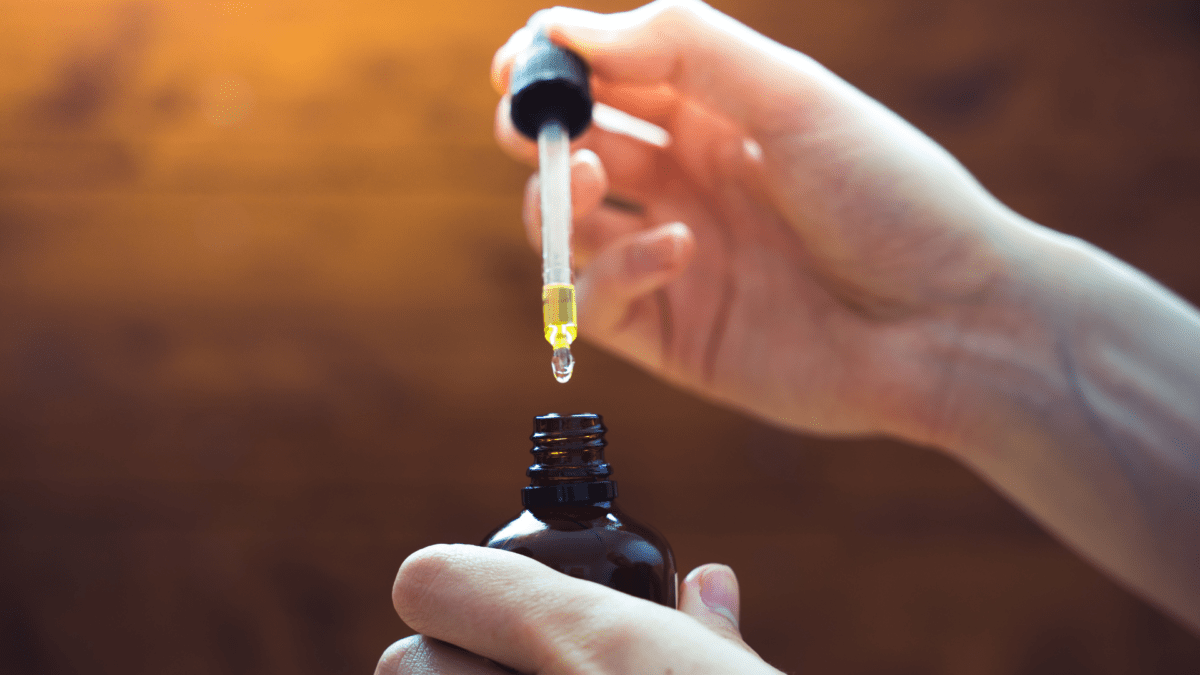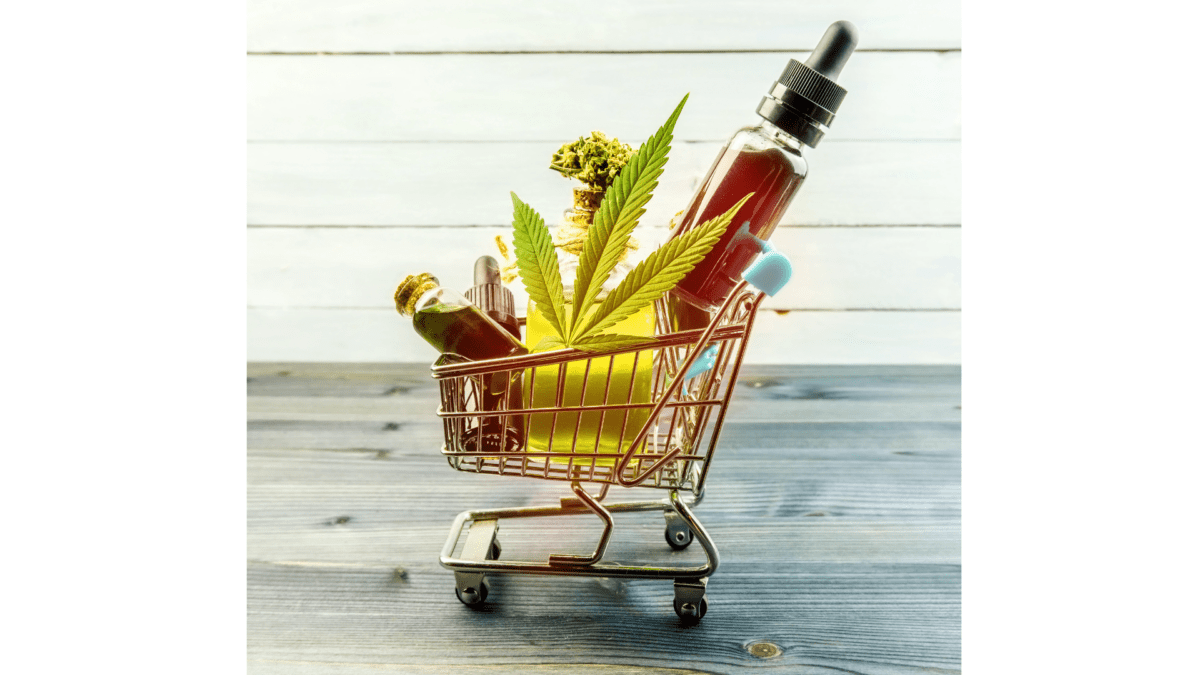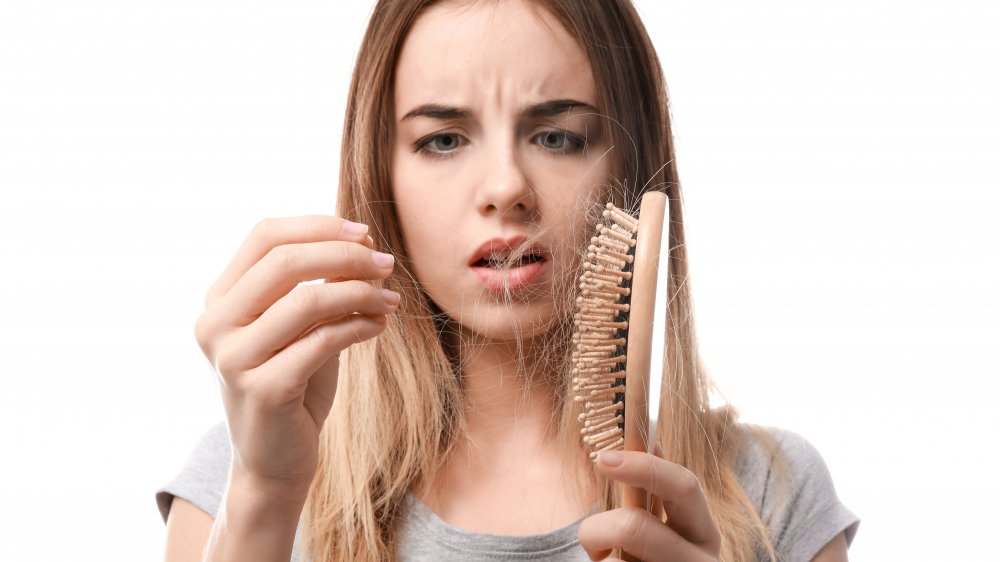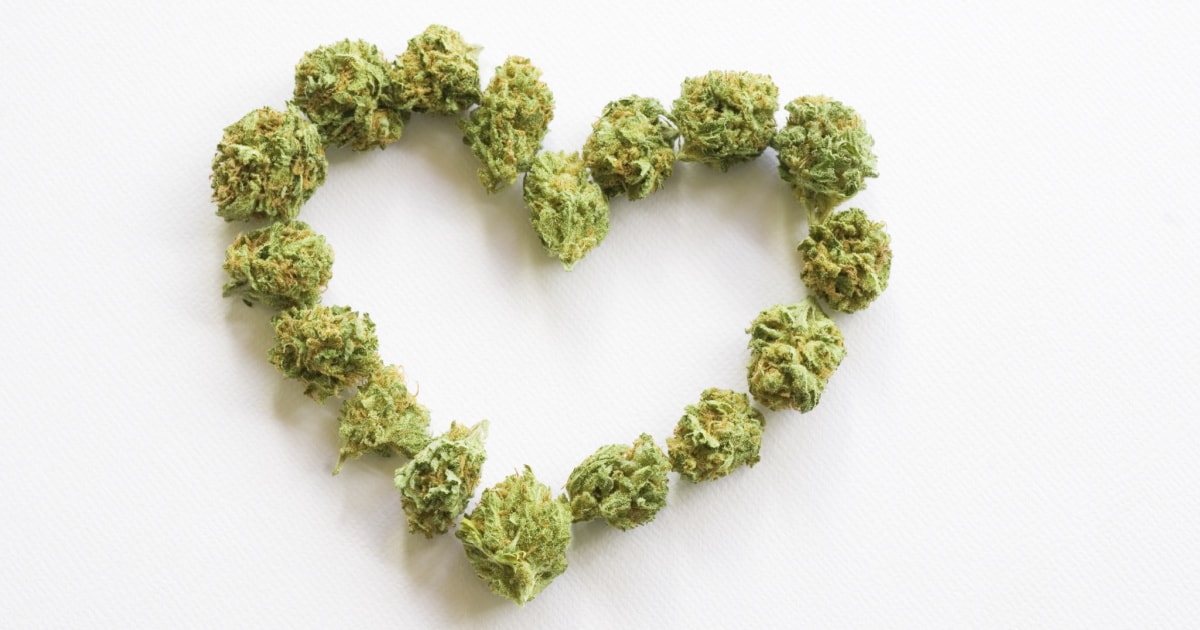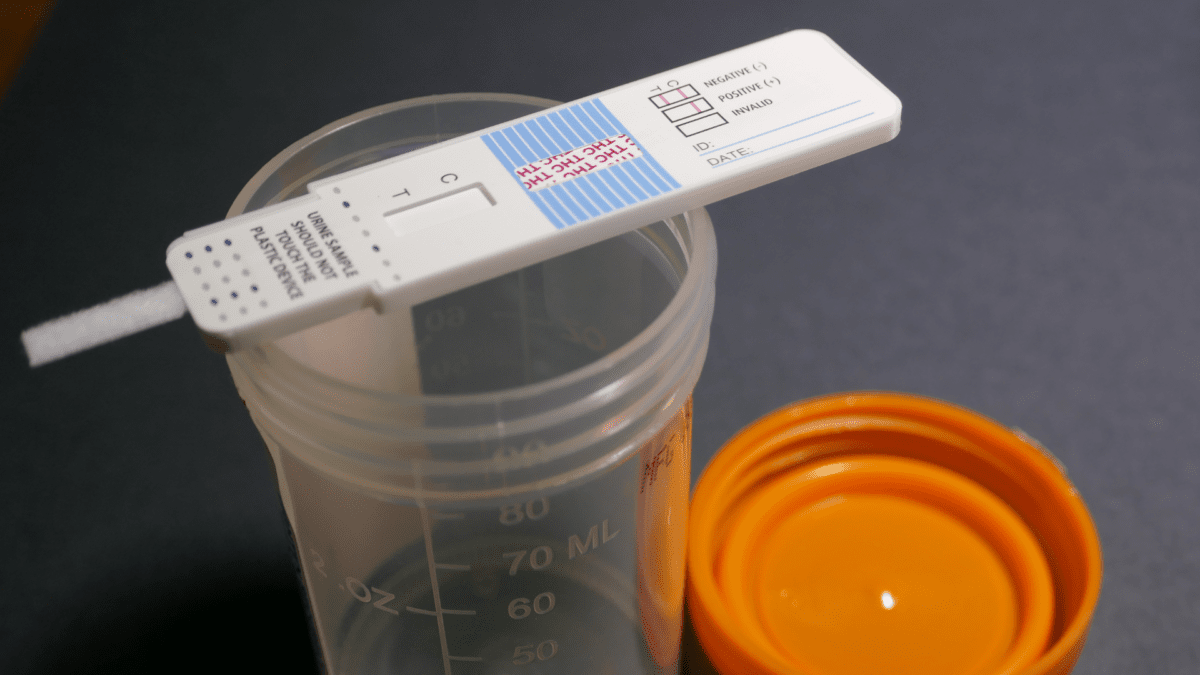There are currently 6.7 million Americans living with Alzheimer’s disease, a number that is expected to rise to 13 million by 2050. Alzheimer’s disease is the most common cause of dementia that affects memory, thinking, and behavior, accounting for 60-80% of dementia cases. The greatest known risk factor is increasing age, with the majority of those suffering from Alzheimer’s aged 65 and older. It is a progressive disease, with no known cure, however treatments may slow the progression and improve the quality of life for those living with Alzheimer’s and their caregivers.
Neuroprotection
Neuropsychiatric symptoms occur frequently in individuals living with Alzheimer’s disease. These symptoms include: psychosis, agitation, aggression, depression, anxiety, and apathy. Frequent prescriptions to target these symptoms include neuroleptics, antidepressants, sedatives, hypnotics, and anxiolytics; which all may have issues related to tolerability and side effects. It has been well documented that benzodiazepines to target agitation in patients may increase cognitive decline and make them vulnerable to injurious falls. Despite decades of research, reliable treatments for neuropsychiatric symptoms have not been found.
It is likely that regimens that target Alzheimer’s disease require a number of therapeutic strategies to target various stages of development, including neuroprotective intervention. The concept of delaying onset or slowing progression, may eliminate symptomatic Alzheimer’s disease as a significant factor in advanced age.
Neuroprotection is the ability for a therapy to prevent neuronal cell death by intervening in and inhibiting the pathogenic cascade that results in cell dysfunction and eventual death. Neuroprotective methods often target oxidative stress and excitotoxicity
Antioxidant benefits of cannabidiol (CBD)
Oxidative stress takes place when potentially harmful free radicals, which are atoms that may cause damage to cells, proteins, and DNA, overwhelm the body’s natural antioxidants. Insufficient levels of antioxidants in the body also lead to oxidative stress, resulting in damage to cell structure, function, and chronic excessive inflammation. We consume antioxidants through foods and supplements to assist our body in the prevention of or to decrease oxidative stress. The antioxidants safely interact with the free radicals before molecules become damaged. Endogenous antioxidants you may be familiar with are vitamin e, vitamin c, beta-carotene, and zinc; which many of us find in fruits and vegetables or as supplements.
Research has shown the ability of CBD to be successful at blocking or modulating toxic levels of glutamate. Glutamate is an excitatory neurotransmitter that is released by nerve cells in the brain and responsible for sending signals. Glutamate plays an important role in our learning and memory, however, it can also be damaging to nerve cells and the brain as a whole. When there are abnormally high concentrations of glutamate or when the receptors are overly sensitive (meaning less glutamate is needed to excite the cell) then the cells can become over-excited leading to their damage or death, in other words, oxidative stress.
When studied, the effects of CBD on toxic glutamate levels were comparable to the industrial antioxidant known as BHT, suggesting its role as an effective antioxidant. This also shows promise for the CBD as a neuroprotectant.
Effect of cannabinoids on CB2 receptors
In addition to antioxidant benefits, cannabinoids may also have neuroprotective benefits in how they interact with CB2 receptors, mainly found in microglia cells. Microglia cells are known as the immune cells of the central nervous system and play important roles in brain infections and inflammation. CB2 receptors have become interesting targets for the treatment of neurological diseases as their activation has been related to a delayed progression of neurodegenerative events. Research has shown that in resting, healthy brains, microglia move constantly to survey the brain. Activation of CB2 receptors, and likewise active microglia, may rapidly respond to pathological insults that may lead to disease progression by providing neuronal protection.
Targeting specific behavioral disturbances with Cannabinoid Therapy: sleep, agitation, depression
Sleep
Sleep disorders are among the most behavioral disturbances in individuals living with Alzheimer’s disease. CBD has therapeutic properties that have the potential to mitigate symptoms that interfere with sleep. It also has the potential to improve sleep-wake cycles leading to an increase in the percentage of total quality sleep overtime.
Assessed data from a 2020 published observational study looking at various quality of life measures showed that adult cannabis users had greater sleep quality, shorter sleep latency, longer sleep duration, fewer sleep disturbances, and a significantly better sleep score compared with the control group.
Anxiety and Agitation
Anxiety and agitation symptoms affect 25-70% of the dementia population, though there are no FDA-approved medications that treat these behavioral symptoms associated with Alzheimer’s disease.
An observational study published in 2023, evaluated 30 patients diagnosed with mild, moderate, or severe Alzheimer’s disease aged 65-90 years. After dosing a THC:CBD cannabis extract twice a day for 12 weeks, findings showed reduced behavioral misconduct, such as agitation and cognitive impairment.
Depression
It has been suggested that the endocannabinoid system may be involved in the pathophysiology of depression. Evidence shows that endocannabinoids and CB1 receptors are widely distributed in the brain areas that are often related to mood disorders and that their expression is regulated by antidepressants.
The 5-HT1A receptor is a serotonin receptor that is located in presynaptic and postsynaptic regions. Activating these receptors have been involved in the mechanism of action of anti-anxiety, antidepressant, and antipsychotic medications. Data indicate that repeated administration of CBD may produce an effect that is consistent with results from studies testing traditional antidepressant medications.
Realm of Caring was able to collect and publish data on cannabis use for anxiety and/or depression. Cannabis Users reported lower baseline depression, significantly better past-month sleep quality, a higher overall quality of life, and lower past-month average pain compared to Controls.
Future research
There are a number of agents with potential to provide neuroprotective effects, however before determining their capability to delay onset or slow disease progression, additional clinical testing will be required. However, key findings across several studies show promising therapeutic actions of cannabinoids as neuroprotective agents and for symptom relief from Alzheimer’s disease.
Realm of Caring and Johns Hopkins University School of Medicine have developed the Observational Research Registry (ORR) to better understand medicinal cannabis use and its impact on key health outcomes. Our registered clients provide critical information that leads to important insights into the therapeutic capabilities of medicinal cannabis. The ORR helps us develop client educational resources and may ultimately serve to legitimize the medicinal use of cannabis.
Finding Support
Finding free one-on-one support with cannabinoid therapy can be difficult, but that is where Realm of Caring may step in to help. Our care specialists are trained to help with product and practical administration suggestions – whether you be an experienced user or novice. In general, cannabis is safe but responsible use and guidance, as well as oversight by a healthcare professional, are always recommended. We are here to help start and facilitate those conversations along the way through these extremely difficult times.
If you want to reach out to our care team to discuss anything cannabinoid therapy related one on one – we are here for you! You can call our free hotline at 719-347-5400, email info@realmofcaring.org, or schedule an appointment.


